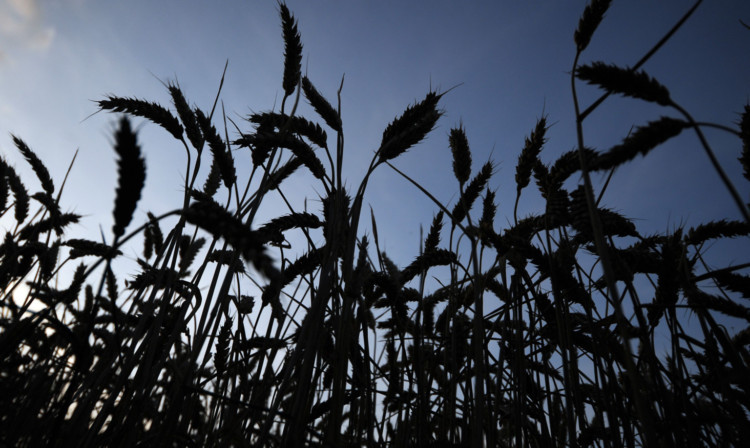If weeds and pests in arable crops are to be controlled successfully in the future, a whole range of new strategies will have to be employed.
The problem, according to speakers at an agronomy conference held at Perth Racecourse, is twofold.
Firstly, the range of active chemical ingredients available is reducing as EU approval regulations become more stringent.
Secondly weeds, and fungal infections are building up resistance to the old chemistry at a sometimes alarming rate.
Conference organisers Hutchinsons have 25 agronomy and supply depots across England and Scotland, including a new one in Forfar, and they have noted real problems especially with weeds.
John Cussans of agronomists Niab TAG told the conference that resistant blackgrass has become an established problem on 16,000 farms right up the eastern side of England.
He suspected there might be as-yet-undetected resistant blackgrass in Scotland, and warned of the need to make sure any equipment such as combines and balers brought north was very thoroughly cleaned to avoid contamination.
Scottish farmers should not be complacent about the next threat, either. There were already 450 farms with an established population of pesticide resistant Italian ryegrass.
“The numbers are smaller so far, but this problem has spread much more quickly than resistant blackgrass. It has the potential to be a national problem, and not just one for south of the border,” Mr Cussans said.
Dubbing pesticide-resistant chickweed as “the Scottish curse”, he noted that two mutations of the weed had been identified the most common being resistant to sulfonurea weedkillers.
“The problem with resistance is the harder you look, the more you find,” Mr Cussans added.
Poppies, attractive as they are in small numbers, were also proving hard to control in some cases.
Bill Clarke, also of NIAB TAG, pointed towards similar problems with fungicide resistance.
Yellow rust likely to be a problem in Scottish wheat this year thanks to early autumn sowings was appearing in new races at an alarming rate.
The so-called “Warrior race” was reckoned to have come from China and was proving to be especially aggressive.
The SDHI group of chemicals was holding disease at bay, especially when mixed with other active ingredients, but resistance was eventually inevitable.
New varieties with in-built defences against fungal attack had a place, but generally the rate of development was too slow to keep up with natural disease mutation.
“There are a few things we can do to prolong the useful life of products, including using more complex two- and three-way mixes.
“But we will also need to integrate new approaches such as biological control methods, host defence activators and plant health promoters. These may sound a bit wacky at the moment, but I can assure you they will be part of the standard approach before long,” Mr Clarke said.
Roma Gwynn, of Rationale Biopesticides Strategists, is already well aware of the potential for using naturally occurring chemicals as an alternative to synthetic pesticides. There were already 100 biological products approved in the EU, and manufacture was now carried out on an industrial scale with an annual growth rate of 15.6%.
EU approvals were much easier to gain, but so far most of the work had been on high-value fruit and vine crops.
The challenge would be to apply the techniques to field scale arable crops.
In most cases these would be used in conjunction with conventional pesticides to provide an integrated strategy.
Manufactured pheromones could act as lures for thousands of insect species.
Breeding cycles could be disrupted or the insects trapped and killed.
“It is a case of bringing the insects to the insecticides rather than the other way around,” said Ms Gwynn.
Plant extracts, otherwise known as botanicals, were variously suitable for use as insecticides, herbicides and nematicides. In some cases they could simply act as an insect repellant.
Biofungicides could protect plants against attack from fungal disease either by attacking invasive organisms or stimulating the plants own defence mechanism.
The applications seem limitless, but there is obviously much to learn. For instance response curves could be harder to predict than with synthetic chemicals as could product survival within the crop.
